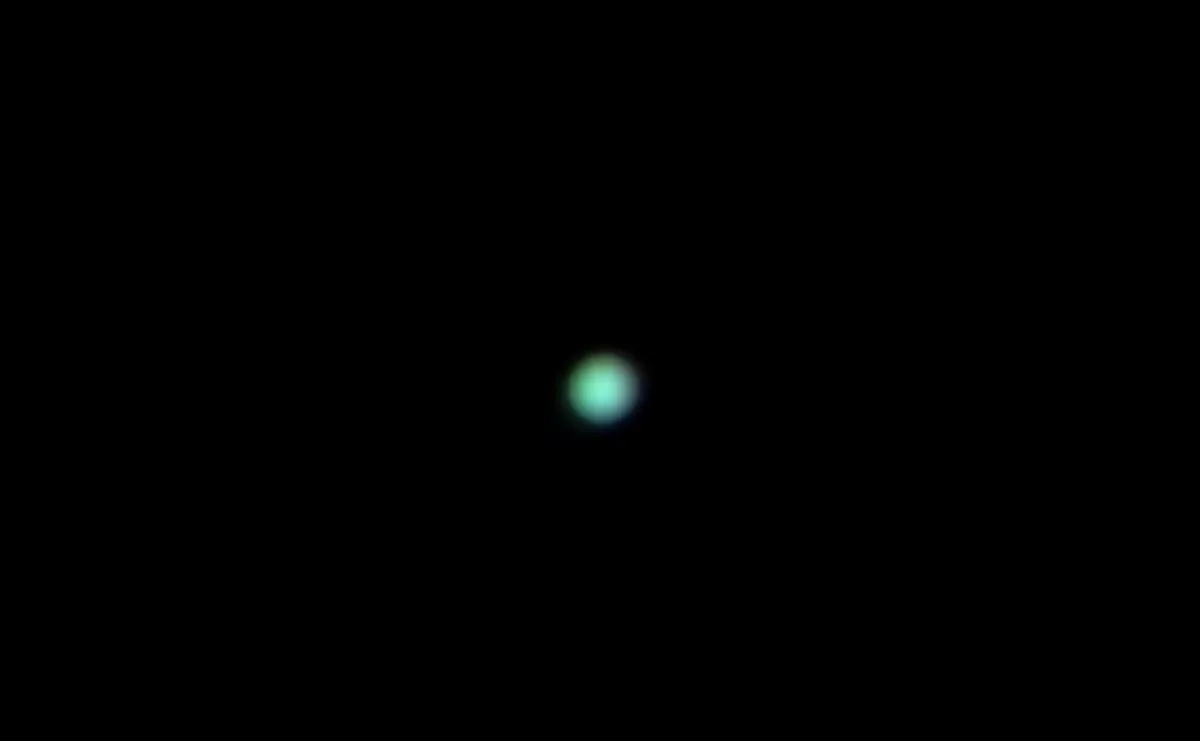Uranus reaches opposition on 9 November, and while oppositions of Mars, Jupiter and Saturn are something to really shout about, in the case of the ice giant, a little more effort will be required to take advantage of its location in the night sky.
Mars opposition on 8 December 2022, for example, will be quite an event, whereas observing Uranus at opposition is a much more rewarding challenge.
It's still a fantastic target to view even through a small telescope, however.
For a complete guide, read Pete Lawrence's fantastic tutorial on observing Uranus at opposition.

Uranus is shining at mag. +5.6 in November 2022 and theoretically is visible with the naked eye, provided you have good eyesight, have allowed your vision to dark-adapt, and are observing from a dark-sky site away from light pollution.
As The Sky at Night's Pete Lawrence points out, the thing to do is first identify Botein (Delta (δ) Arietis) and Epsilon (ε) Arietis, shining at magnitudes +4.3 and +4.6 respectively.
They make the side of an equilateral triangle in the sky, with the third vertice to the southwestmarked by two dim stars, mag. +5.6 Rho (ρ) and mag. +5.8 45Z Arietis.
More about Uranus:
- Why Uranus and Neptune are different colours
- Why Uranus is the coldest planet in the Solar System
- How Uranus was discovered

Of course, Uranus is ideally seen with magnification, and while binoculars will certainly give you a better view than the naked eye, through a telescope you'll be able to see Uranus's 3.8-arcsecond disc and distinctive green hue.
Again, don't expect to see fine surface detail like you can on Mars and Jupiter even with small refractors. This is more of an observing challenge: something to achieve and ponder.

If you're photographing Uranus, you may detect banding on the planet using filters that let longer (red) wavelengths pass, although this will require the collection of a number of frames forstacking.
Extended exposures may also enable you to reveal the planet’s brighter moons, Miranda, Ariel, Umbriel, Titania and Oberon.
Get more stargazing tips by listening to our monthly Star Diary podcast or signing up to the BBC Sky at Night Magazine e-newsletter.
Read our complete monthly guide on what's in the night sky tonight.

